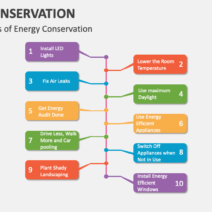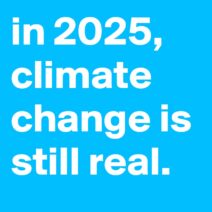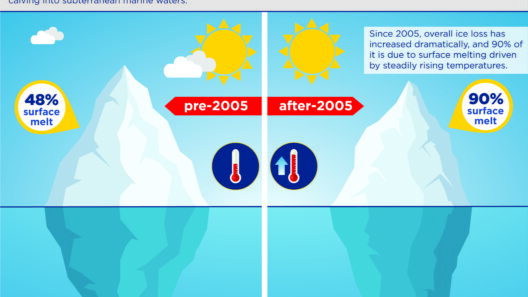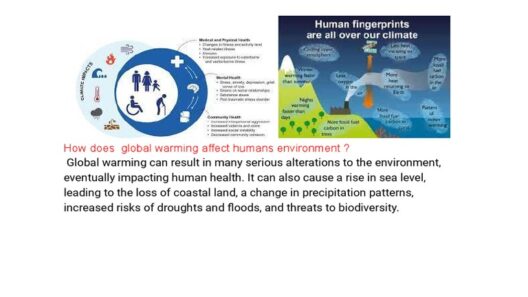The issue of global warming has become a preeminent topic in environmental discourse, overshadowing numerous other ecological challenges. As a venerable institution in the world of wildlife journalism and environmental reporting, National Geographic has been pivotal in raising awareness about climate change. However, whether the publication continues to address global warming with the same zeal it once did is a question worth exploring. The visibility and editorial choices of National Geographic have notable implications not just for the magazine itself but for environmental advocacy as a whole.
Founded in 1888, National Geographic has long been synonymous with natural history, exploration, and the preservation of wildlife. Its stunning photography and compelling narratives have drawn millions of readers over the decades, providing insights into diverse ecosystems and the threats they face. As climate change emerged as an existential crisis in the late 20th century, the magazine, with its vast reach and credibility, assumed an influential role in educating the public about the impending repercussions of rising temperatures.
In scrutinizing the magazine’s contemporary treatment of global warming, one must consider both the frequency and depth of its articles on the subject. In the past, issues dedicated to climate change featured comprehensive analysis, interactive data visualizations, and striking imagery that conveyed the stark realities of a warming planet. Such narratives were not merely academic; they were meticulously crafted to evoke emotional responses that might spur readers to action. The power of storytelling in building a cultural understanding of climate challenges cannot be overstated.
However, the relevancy of climate articles in National Geographic has been met with scrutiny in recent years. Some critics argue that the publication has shifted its focus away from urgent discussions surrounding climate change, opting instead for broader themes related to sustainability or biodiversity. While these topics are undoubtedly interconnected, the question remains—has National Geographic diluted its engagement with the specific manifestations of global warming?
This curious shift may resonate with a broader media trend. In an era dominated by instant communication and social media, traditional long-form journalism faces unprecedented competition. People increasingly gravitate toward bite-sized information and sensationalist headlines rather than in-depth investigations. National Geographic is not immune to this shift; it must navigate an ever-evolving media landscape while remaining true to its mission.
Furthermore, the editorial decisions at National Geographic can be influenced by various external factors, including funding, partnerships, and audience expectations. The magazine has established numerous collaborations with scientific organizations and environmental advocacy groups. While these partnerships are vital for disseminating crucial information, they could also skew editorial direction, potentially favoring certain narratives over others. This imbalance could result in an underrepresentation of specific climate-related issues.
Nonetheless, National Geographic’s editorial impact remains significant, regardless of the perceived reduction in coverage on global warming. The magazine serves as a vital educational tool, fostering discussions around climate science that permeate through classrooms, homes, and social settings. By presenting complex scientific concepts in an accessible manner, it empowers readers to engage with climate issues more meaningfully. Climate denialism, after all, thrives in ignorance and misinformation; publications like National Geographic offer a counterbalance, providing a platform for credible science and advocacy.
The power of visual storytelling in National Geographic cannot be overlooked in this context. A compelling photograph or illustration can speak to an audience in ways words cannot. Emphasizing visual narratives not only heightens awareness but also cultivates a sense of urgency around global warming. For instance, images depicting species struggling to survive in their changing habitats can catalyze emotional responses that prompt individuals, communities, and policymakers to reconsider their actions regarding climate change.
Moreover, National Geographic’s interdisciplinary approach means that it addresses global warming across various subjects, from geology and meteorology to sociology and urban planning. This multifaceted portrayal illustrates the complex interdependencies of ecological systems that amplify the challenges posed by climate change. By emphasizing these connections, the publication serves to educate a diverse readership on the complexities of climate issues and the need for coordinated responses.
In engaging with climate issues, the magazine can also facilitate public discourse, allowing individuals to share their perspectives and experiences with climate change. Editorial features encourage reader contributions that not only enhance community engagement but also amplify marginalized voices that are disproportionately impacted by climate disruptions. This communal approach underlines the shared responsibility to combat global warming, irrespective of geographical boundaries or social differences.
As one delves deeper into National Geographic’s coverage of climate change, it becomes evident that the editorial choices it makes have ramifications far beyond its pages. The magazine sets a precedent for environmental discourse in popular media. A balanced and thorough approach to global warming can inspire a new generation of advocates who may leverage the magazine’s platform to further amplify pressing climate issues. Conversely, a retreat from these discussions could embolden climate change skeptics or minimize the urgency of the crisis in public consciousness.
In conclusion, while some may perceive that National Geographic has curtailed its focus on global warming, the implications of its editorial choices ripple through the broader environmental narrative. Its ability to educate, engage, and inspire action remains indispensable. As the climate crisis accelerates, the magazine’s content—a blend of visual storytelling and compelling journalism—will continue to play a critical role in shaping public understanding and response to one of humanity’s most pressing challenges. It is crucial for established platforms like National Geographic to maintain—or even enhance—their commitment to confronting global warming directly, thereby ensuring that the gravity of the issue is neither diluted nor overlooked.





